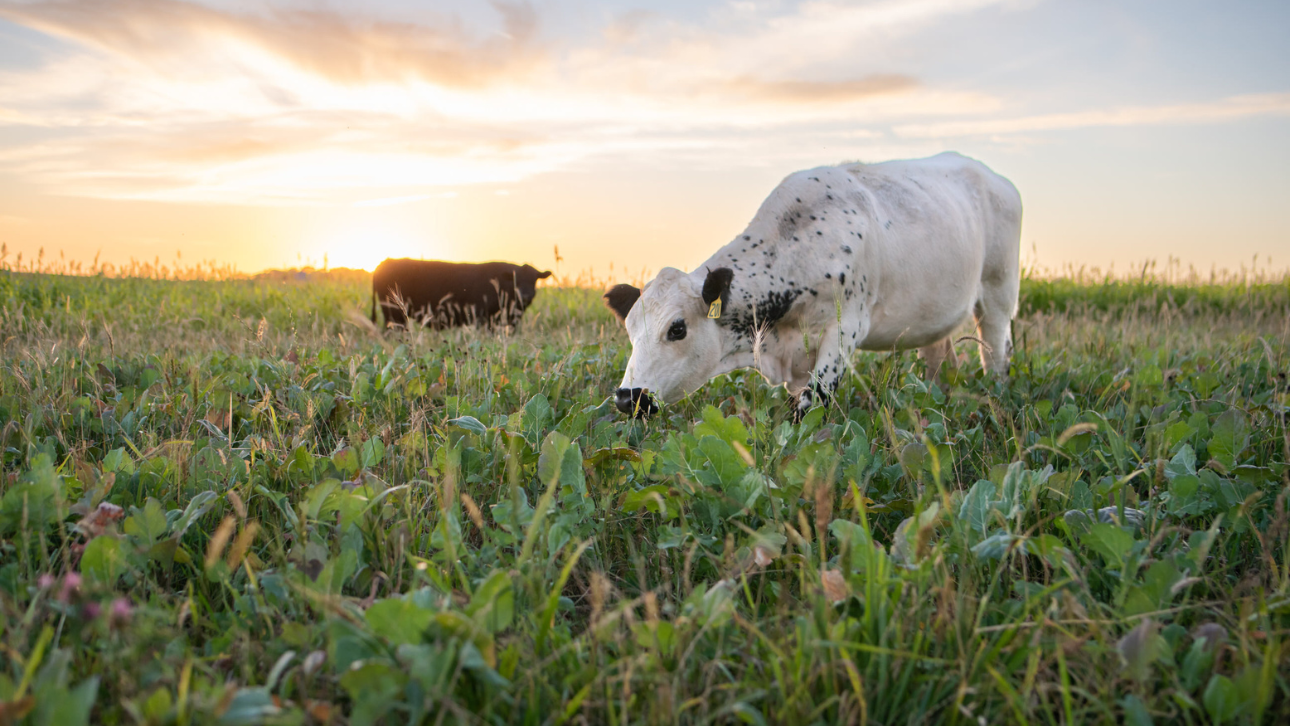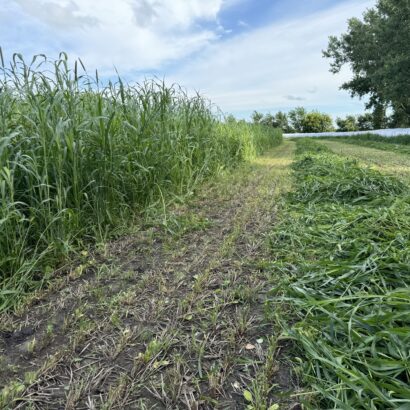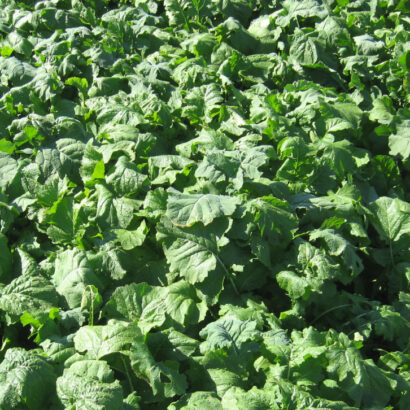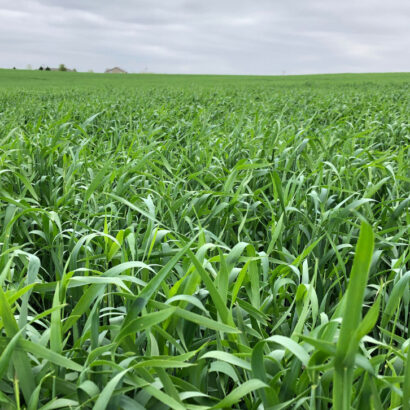Price cycles are inevitable; the good producers thrive and expand while the bad crash and burn after the highs retract. Land management that enables cow herd expansion can be a conundrum, due to time for establishment of perennials, lack of infrastructure on cropland, leased land with short rental agreements, and more. But, what if we could run short-term grazing scenarios that alleviated those same concerns?
Lower cash prices for commodity grains, coupled with higher fat and feeder cattle prices, opens the opportunity to run grazing scenarios of productive cropland. So, lets take a look at how to map this out through a crop rotation and put the budgets together so it stays profitable. We’ll focus on annual grazing systems to ensure the fastest establishing, highest yield option that doesn’t tie up land if prices change fast.
Let’s focus on 2024. Start by planting a cool season annual grazing mix, along with a separate warm season annual mix in the same field. This separation of fields allows you to maintain quality grazing throughout the season. If you planted the entire intended grazing acres to all cool season species and rotated through it, the last paddock would either be too mature, or you would have to start on the first paddock too early and forfeit yield.
The cool season mix should contain cereal grains such as forage oats, forage barley, and triticale. I recommend planting them all, to hedge maturities and environmental conditions. Along with the grass, I’d incorporate a legume such as forage peas and lentils. These are two of the highest yielding annual legumes that will generate nitrogen. The final cocktail ingredient should be fast establishing spring brassicas such as forage rape, kale or swede. The warm season mix planted on the other half of the field will cover the summer slump and carry grazing into the fall. This should consist of millet and BMR sorghum-sudan grass hybrids, warm season legumes like cow peas and dry beans, and brassicas with bulbs that grow into the fall such as turnips and collards.
Potential yield from these mixes will be 6-8 ton as feed, so we’ll figure on 14,000 lbs. When grazing, the utilization rate is usually around 60%. This leaves 8,400 lbs of forage consumed. Let’s plan on grazing cow/calf pairs with a total average weight of 1,600 lbs that eats 2.5% of that weight. That equals a total of 40 lbs consumed. If there are 40 pairs, they’ll need 1,600 lbs per day, which means they can eat on that 8,400 lbs produced for 5.25 days. The value to graze a pair is at least $3.00/pair/day. 40 pairs at $3.00 for 5.25 days/acre means a gross value of $630/acre. With expenses of rent, fertilizer, seed, planting, and fencing – my figures show a total of less than $400/acre.
The best part of this system is that 40% of what grew is still out on the field. The nutrient value and carbon increase is what builds soil health to increase yield of cash crops when they return to the rotation. And don’t forget, there are numerous carbon inset programs paying producers to plant a cover crop and incorporate more grazing. Though not for everyone, these are easily awarded dollars for doing simple practices with minimal red tape.
If you are striving to expand your cow herd but are limited by perennial pastureland, don’t forget that cropland is grazable. These grazing systems have a high reward when calf prices are high, and a long-term reward for your land and soil.




Discussion
0 Comments